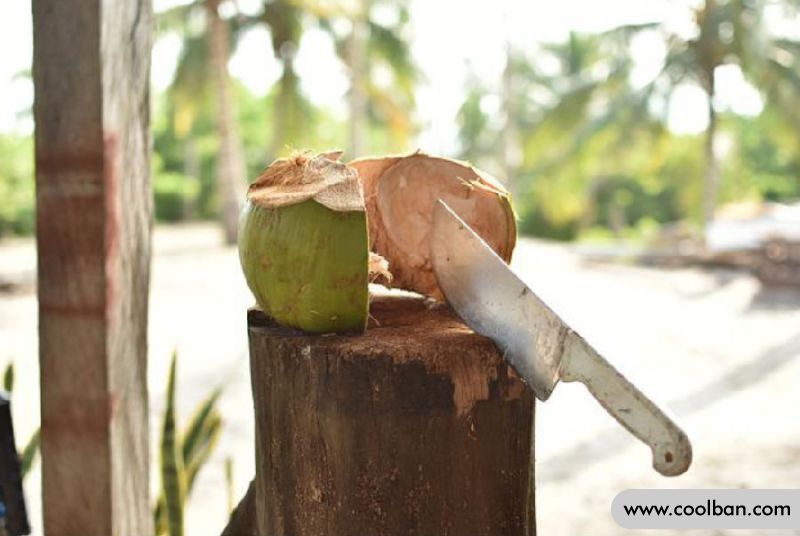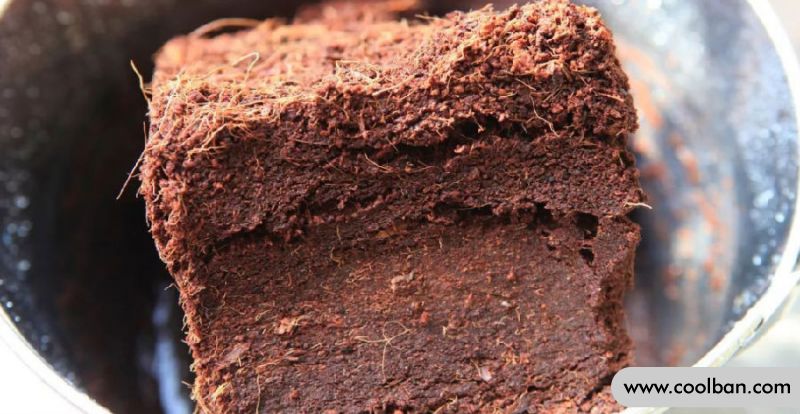What are the advantages of coconut bran planting?
Coconut bran is a fiber powder made from coconut shell. After treatment, its peel is a good plant for cultivation and is currently the most popular horticultural planting material. is a natural, soil-free organic growing medium that allows plants to be grown without soil.

The role of coconut bran cultivation:
1. It is difficult to water the lawn after drying, but after adding coconut bran, it can well solve the problem of soil irrigation.
2. During the irrigation period, the air content in the soil is significantly reduced, so that the plant roots cannot obtain sufficient oxygen. Under the premise of ensuring air permeability, coconut bran can effectively prevent excessive moisture in the substrate.

Advantages of coconut bran cultivation:
Advantages 1. Water retention: It can effectively maintain the water and nutrients in the soil, reduce the loss of water and nutrients in the soil, and promote the absorption of nutrients and water in the growth of plants.
Advantage 2. Good air permeability: It can effectively prevent the corrosion of plant roots, promote the growth of plant roots, and also prevent soil deposition.
Advantage 3. It has a lower natural degradation rate, thereby improving the service life of the substrate.
Advantage 4. Coconut bran in its natural state is acidic with a pH of 4.40 to 5.90.

Coconut bran Inadequacies of planting:
Coconut bran contains a lot of salt, if the desalination is not complete, it will have a certain impact on the growth of plants. Pay attention when purchasing and using The salt content of EC (try to buy brand-name products, the manufacturer has already diluted).
If the plant pot contains a lot of coconut bran, you can use a plant pot with small holes, and let the water flow out from the bottom of the pot when watering, so that the inorganic salts in the coconut can be removed.
How to use coconut bran:
After selecting the appropriate coconut bran, it should be fully soaked before use. This step can be said to be very important before planting. To soak coconut bran before planting, it is necessary to use low-concentration nutrient solution correctly. It is recommended to use a small amount of "drip" method, such as pouring for 5 minutes, stopping for 5 minutes, and so on, until the coconut bran is fully expanded and the liquid that flows back Can flow out continuously and evenly. There should be 1-2 days of preparation time for this process. Remember, coconut bran cannot be planted immediately after soaking.

What are the criteria for evaluating the quality of coconut bran? What are the criteria?
1. EC value, also known as conductivity, is an indicator of the salt content in coconut bran. In addition to the sodium chloride we often talk about, salt also contains other ions like potassium. The lower the conductivity, i.e. the higher the salt content, the better for the plants, just like we like to drink fresh water rather than salt water when we are thirsty. That's why coconut bran is pickled by washing it with water.
2. Soak. Typically, coconut bran is dried and pressed, and then water is added to the coconut bran at the time of use to absorb the moisture and swell it. The faster the soaking process, the more time and labor you can save. The larger the volume after soaking, the greater the quantity. Coconut bran is usually soaked when it encounters water, and the amount of soaking is usually more than 12 times its weight. For example, 5 kg of coconut bran can be soaked to at least 60 liters.
3. Other factors. In addition to the above factors, there are several other factors including: pH, water stability, impurity content, physical and chemical parameters, product consistency, planting characteristics, etc. The choice of coconut bran should not be based on low prices, but on a combination of good suppliers and cost-effective products.
